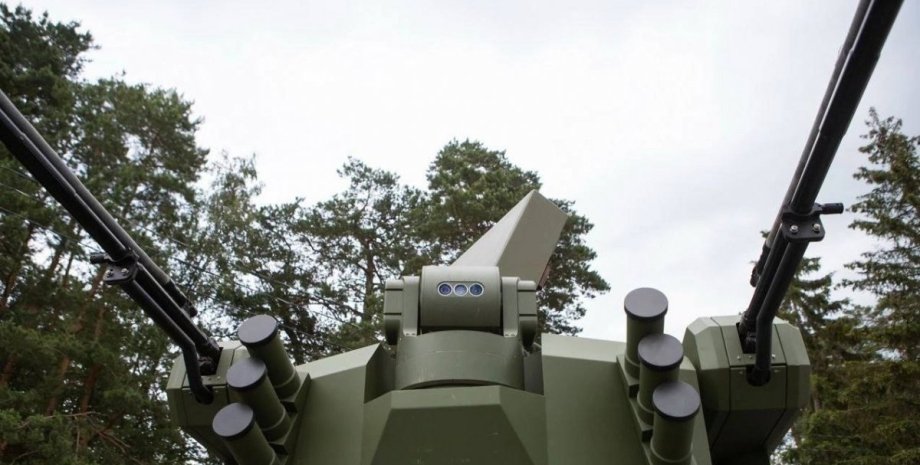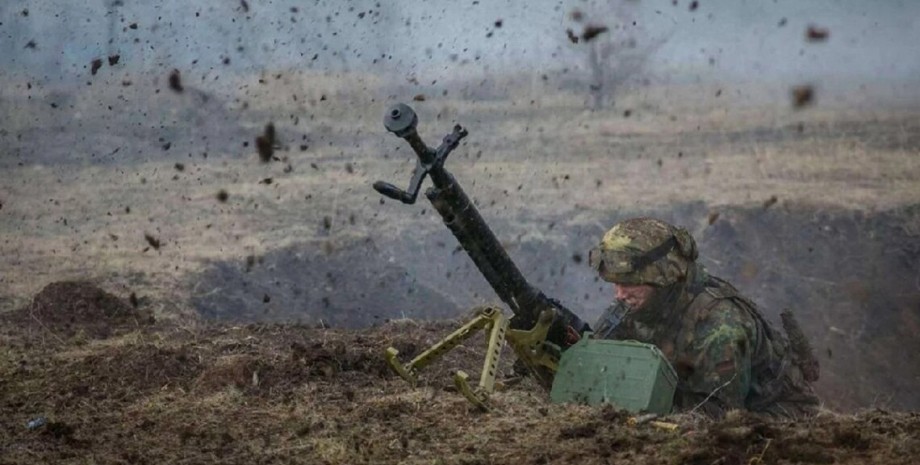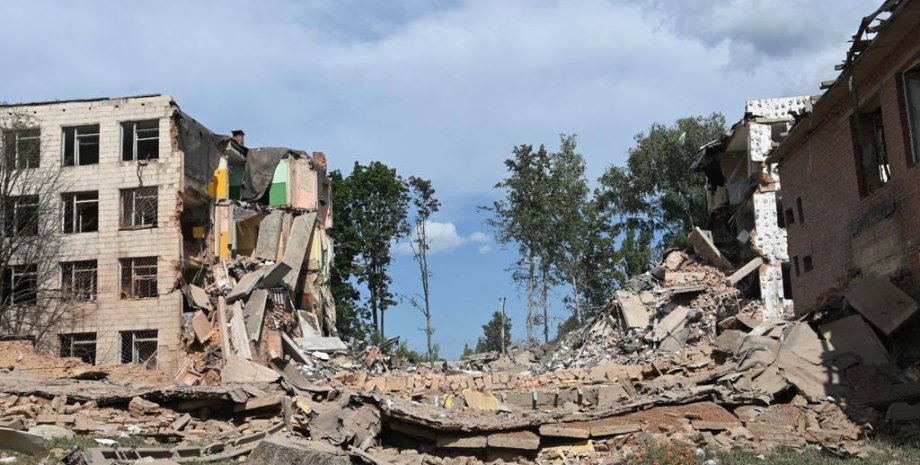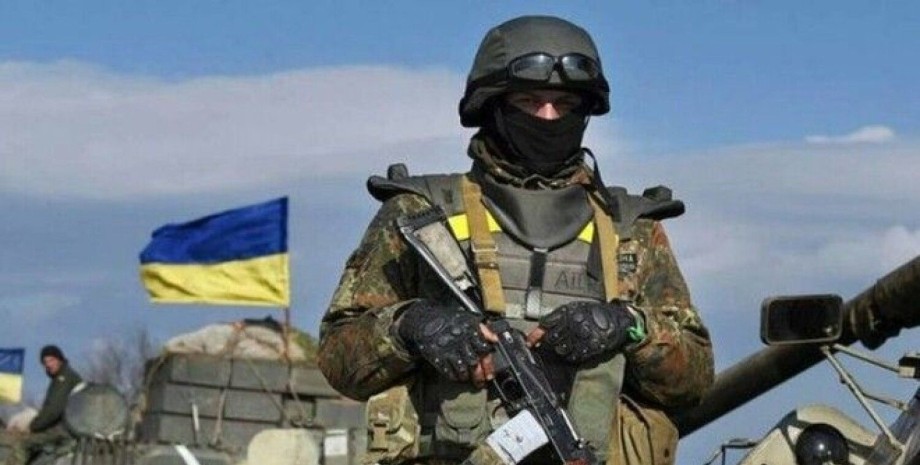
 By Natali Moss
By Natali Moss
A shot of 110-meter steel structure occurred on February 14. The chief duty engineer Sergey Bokov said that the sensors recorded "something like an earthquake of magnitude 6-7 points. " The attack did not cause direct radiological risk, but the "dome" built to protect the reactor in 2017 has suffered significant damage. The enemy drone punched a hole of 15 square meters in the outer roof, and also caused a destructive fire on the inner cladding of the structure.
It took more than two weeks to extinguish the fire. The media stressed that through the hole radioactive dust could go out, and rain water could get inside. In addition, the design is now more vulnerable to rust. In order to extinguish the fire, 200 small wells were drilled. "Not to repair this is not an option," - assured an American engineer who put a hand about the project and construction of the "dome", Eric Schmman.
According to him, the cost of full repair can easily increase to hundreds of millions of dollars. More detailed grade is expected in May. However, the European Bank for Reconstruction and Development (EBRD), which funded the construction of the structure and participated in the evaluation of the consequences of the Armed Forces of the Russian Federation, has already stated that, obviously, it was a "significant damage".
The EBRD has 25 million euros for emergency work, but reported the need for "much greater funding". This was explained by the need to solve the problem of decommissioning as a result of impact. At one time, 26 countries, including the United States, United Kingdom, Germany and Russia, were invested in the dome. Other countries, like Turkey, joined sacrifices. It was planned that the protective structure would last 100 years, and this would allow the sarcophagus and nuclear waste below it.
It is a high -proof mass, similar to a bench - a mixture of 200 tons of uranium from the reactor and 5000 tons of sand, lead and boric acid, which were dumped after a disaster from helicopters. The prosecutor's office, checking the UAV flight trajectory, came to the conclusion that the blow could be deliberate. It is a potential military crime.
Senior Nuclear Energy Specialist Greenpeace-Ukraine Sean Berne emphasized that the Kremlin had "a deliberate form of nuclear terror against Ukraine and Europe", and this remained unpunished. The wreckage found on the spot became a confirmation that the enemy was used by Shahd 136. First of all, according to Ukrainian officials, they should create and establish a temporary seal where the drone punched the hole.
Schmman also warned about one "not obvious thing": the higher, the greater the dose of radiation, so safe limits need to be taken into account for specialists. In peacetime, the dome could be moved back to the rails to reduce the radiation load. However, as the American engineer explained, it is a "long -standing project". Remotely controlled cranes should be dismantled by a sarcophagus and nuclear material from below, but a point near the repair garage can hurt these work.
"We have projected this building, taking into account many unforeseen circumstances, but we have not projected it for the war," Schmman summed up. We will remind, in the SESS informed that the Verkholazam had to disassemble the protective structure to extinguish the fire at the Chernobyl NPP after a Russian attack. The condition of the air was checked with UAV with the thermal imaging, the radiation background was recorded within normal limits.










All rights reserved IN-Ukraine.info - 2022